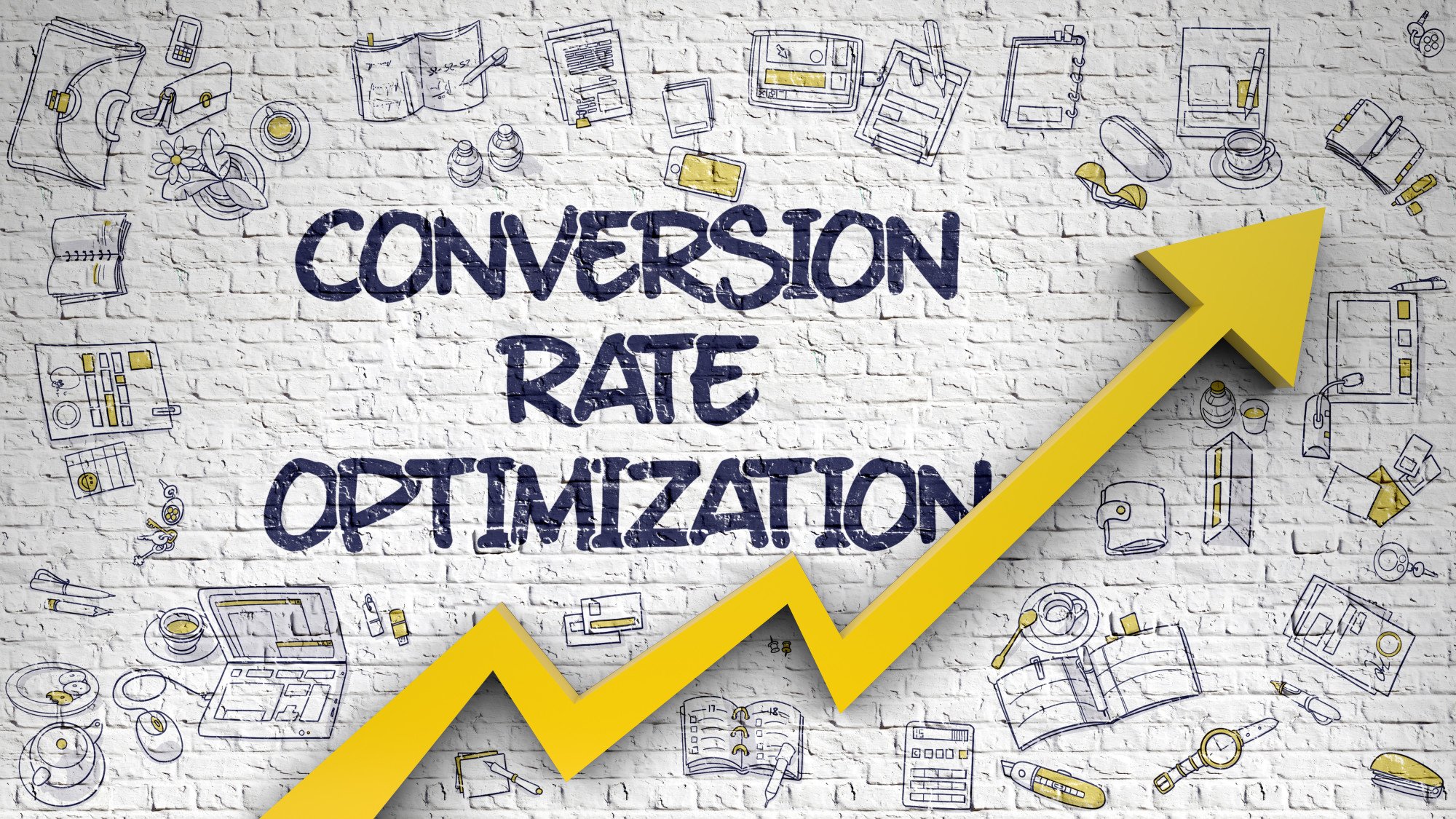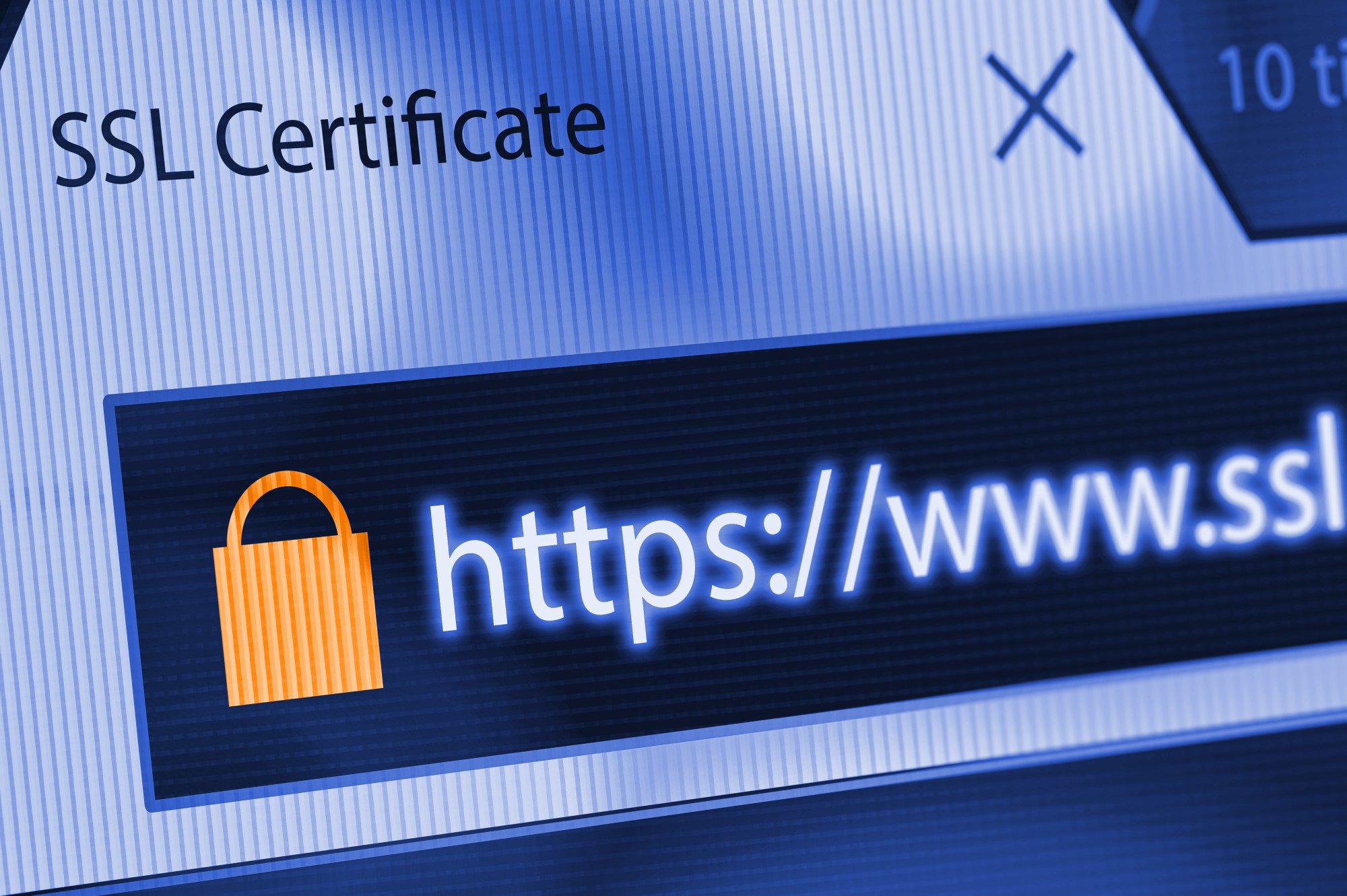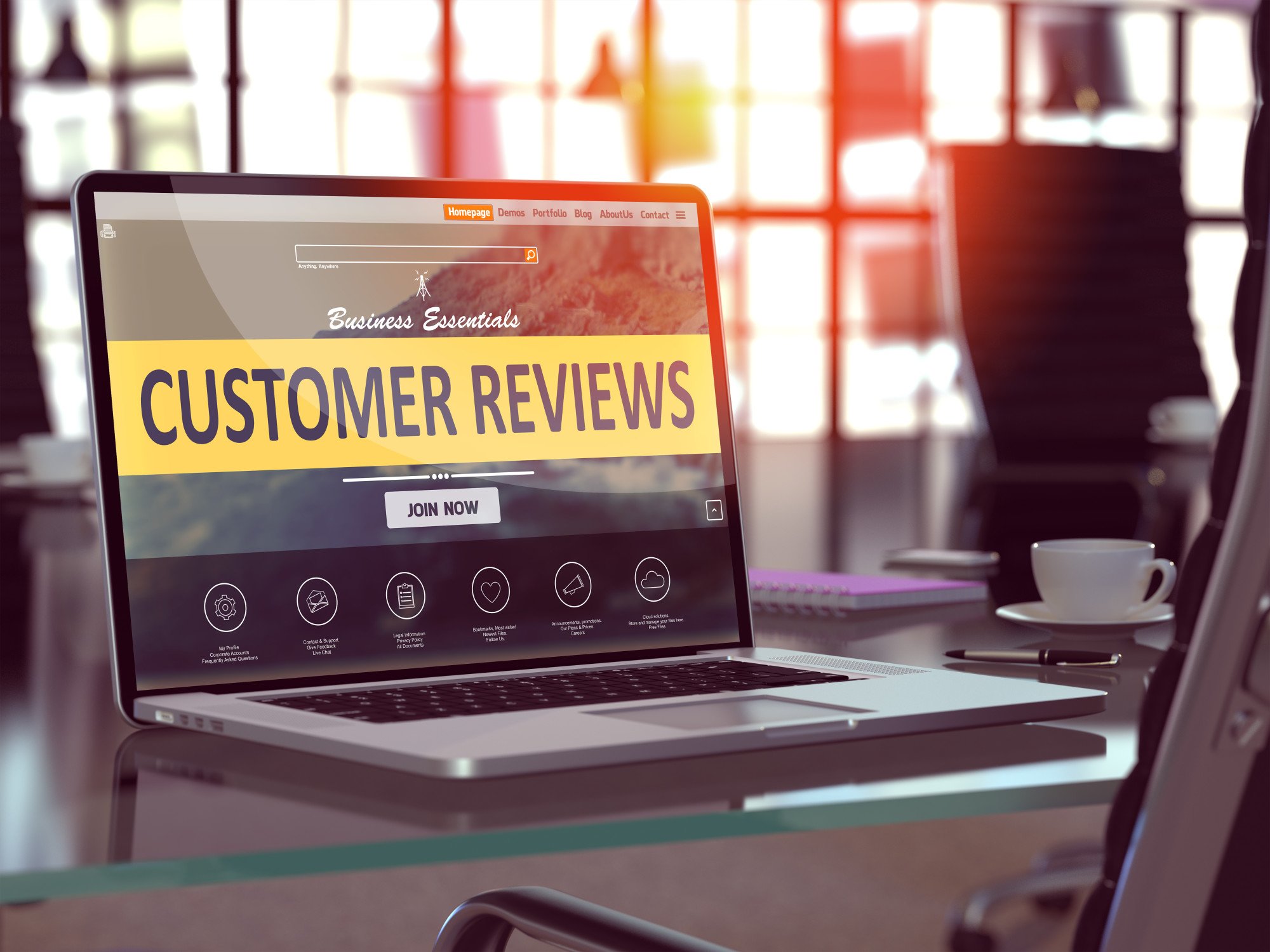Did you know that hackers breach an average of 30,000 websites daily? If you don’t have website security, you can’t protect your business or your customers.
Without the right security strategy, you could end up with a bad reputation and money-losing business.
You should hire WordPress security services to keep your website secure. These five signs indicate that you have been hacked and need security sooner rather than later.
1. Your Homepage Is Different
Homepage changes are an obvious sign that you might have a security issue.
Run a thorough check on your homepage often. If you visit your website but don’t pay attention to the homepage, you might have a problem without knowing.
Some hackers troll a website by only changing the homepage. You can restore a homepage fast using a backup file. WordPress has a backup plugin you can add to your website.
2. Website Performance Has Dropped
Your business website can feel sluggish when there is something wrong with it. You might experience slowdowns on your site from brute force attacks or malicious scripts using your server resources.
There are other reasons your website performance could drop. If you are regularly securing your website, a drop in performance could be a completely unrelated problem.
3. Website Contains Malicious or Spam Ads
There is a good chance your website is compromised if visitors see popups. The goal of the attack is to drive traffic away from your website and draw visitors into click fraud.
You might not be able to see these ads as popup hacks might be invisible to website owners.
Your view of popups can be limited if you use an ad blocker extension in your browser. If people are complaining about popups you can’t see, this might be your problem.
4. Unexpected New Users
If your website has unexpected registrations of new admins, a hacker might be behind this. A compromised user allows an attacker to create a new admin user.
With admin privileges, hackers can cause major site damage. Without professional website security services, you won’t be able to remove new users and patch the plugin.
5. Removal of Admin Users
On the other end of the spectrum, admin users might be removed by a hacker. If you can’t log in to your website after a password reset, it’s a serious sign of an infection.
Some WordPress features get disabled with the removal of admin users. WordPress security services can help you prevent this problem and solve it when it happens.
Invest in WordPress Security Services Today
There are many reasons to invest in WordPress security services. Most importantly, you’ll need these services to keep your site secure.
If you come across any of the problems listed in this guide, you might already have a security issue. It’s important to hire WordPress security services immediately.
Enfuse is a full-service web development company well-versed in websites and website security. Since 1997, we’ve been helping clients put together a roadmap to success.
Contact us today to get your security needs taken care of.









